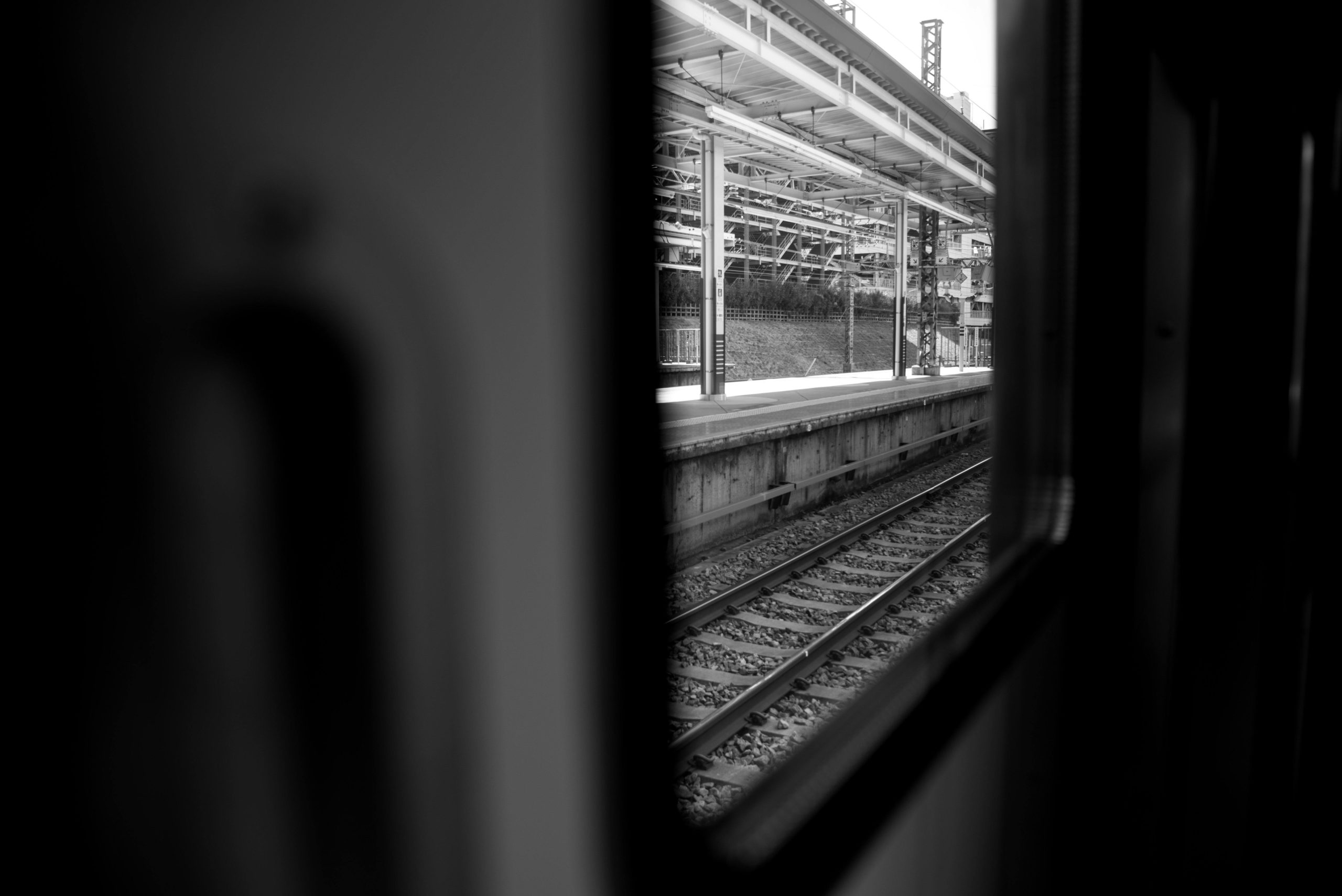Analyzing the Busiest Terminal Stations: Which Starting Point Sees the Highest Passenger Pickup?
During a recent journey on the London Underground’s District Line, I observed that a train departing from Wimbledon was nearly at full capacity, with no available seats. This prompted me to wonder: which terminal stations on the line experience the highest passenger pickup at the start of their routes?
The District Line serves several key terminal stations, including Wimbledon, Brixton, and Stratford, each acting as a significant starting point for daily commuters. Understanding passenger flow patterns at these terminals can offer insights into transit demand and operational planning.
Factors Influencing Passenger Pickup at Terminals
-
Location and Accessibility: Key urban hubs or residential areas often contribute to higher passenger volumes. For instance, Wimbledon, a well-known suburban locale, attracts commuters heading toward Central London. Brixton, a vibrant district with diverse communities, and Stratford, a major retail and entertainment corridor, also serve as pivotal transit points.
-
Connectivity and Interchanges: Terminals connected to multiple lines or serving as interchange stations tend to see increased passenger pickup. Stratford, for example, is a hub for the Jubilee and Central lines, in addition to the District Line.
-
Population Density and Demographics: Areas with higher residential density typically generate more outbound passenger traffic during morning peaks.
Comparative Passenger Trends
-
Wimbledon: While serving a suburban area, it is primarily a destination station rather than a major origin point. However, during peak hours, many commuters board here to travel into central London.
-
Brixton: As a lively inner-city district, Brixton might have a steady influx of passengers in the mornings heading toward central locations, but its role as a start point may be less prominent compared to other stations.
-
Stratford: This station benefits from significant commuter traffic due to its proximity to shopping centers, the Queen Elizabeth Olympic Park, and extensive bus connections. Its role as a start point is robust, particularly for travelers heading into the city.
Conclusion
While specific data on passenger counts at the start of each line segment would provide definitive insights, anecdotal observations suggest that major interchange stations like Stratford might see the highest number of passengers beginning their journeys. Nonetheless, each terminal’s busyness varies based on time, day, and broader urban dynamics.
Your Thoughts?
What are your experiences with these terminals? Do you observe particular stations bustling more in the mornings? Share your insights and data


Great insights into passenger flow at London’s terminal stations!
As a London resident who commutes regularly, I’d like to add that the patterns at these terminals can also be influenced by recent developments and infrastructure improvements. For example, Stratford has seen increased passenger activity not only because of the Olympics but also due to ongoing regeneration projects, making it a key starting point for many.
Additionally, the role of ticketing zones and fare policies can impact passenger behavior. Stations located on boundary zones or with flexible ticketing options often see fluctuating traffic patterns, especially during peak and off-peak hours.
It’s worth noting that during major events or shopping festivals at places like Stratford or Brixton Market, these stations might temporarily experience surges in outbound passengers, highlighting the importance of adaptable transit planning.
Finally, I believe integrating real-time passenger data could offer more precise insights into these trends. Stations like Wimbledon tend to have a steady inflow during weekends for leisure trips, whereas Stratford and Brixton are more dynamic with variable daily peaks.
Overall, understanding these nuanced patterns can contribute to better service planning and congestion management, ensuring a smoother experience for all commuters.